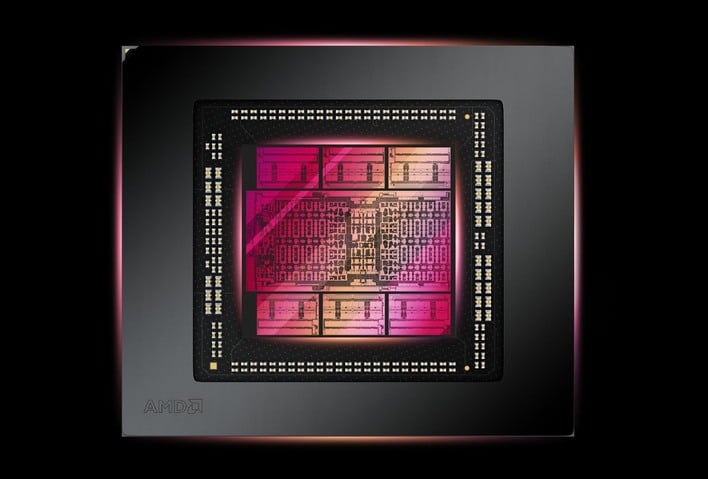AMD beat the expectations leading to stock prices going up. Epyc making profits, client cpus down a lot, gpus down a little.

 ir.amd.com
ir.amd.com


AMD Reports Fourth Quarter and Full Year 2022 Financial Results
Browse AMD’s company-wide and financial press releases.








